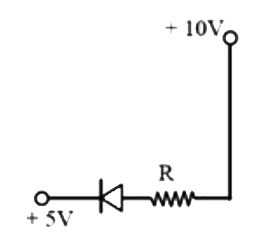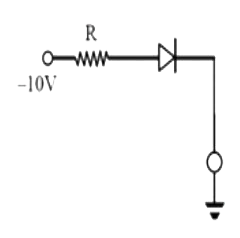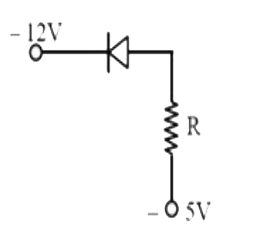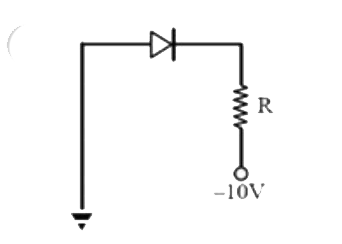Text Solution
Verified by Experts
|
Topper's Solved these Questions
ELECTRONIC DEVICES
PRADEEP|Exercise ADVANCED PROBLEMS FOR COMPETITIONS|2 VideosView PlaylistELECTRONIC DEVICES
PRADEEP|Exercise VERY SHORT QUESTION ANSWER (NCERT)|1 VideosView PlaylistELECTRONIC DEVICES
PRADEEP|Exercise SHORT QUESTION ANSWER|1 VideosView PlaylistELECTROMAGNETIC WAVES
PRADEEP|Exercise II Focus multiple choice question|5 VideosView PlaylistELECTROSTATICS
PRADEEP|Exercise ASSERTION-REASON TYPE QUESTIONS|2 VideosView Playlist
Similar Questions
Explore conceptually related problems
Knowledge Check
A
B
C
D
Submit
Similar Questions
Explore conceptually related problems



